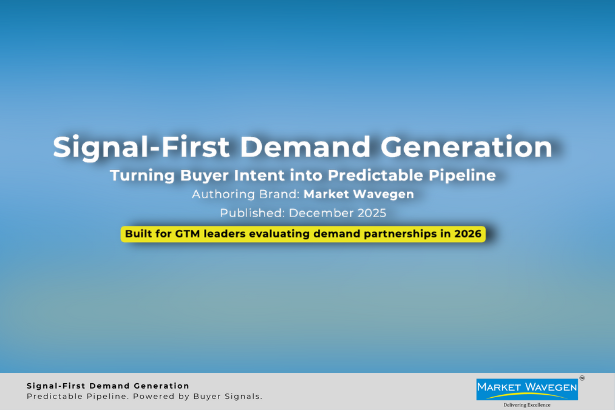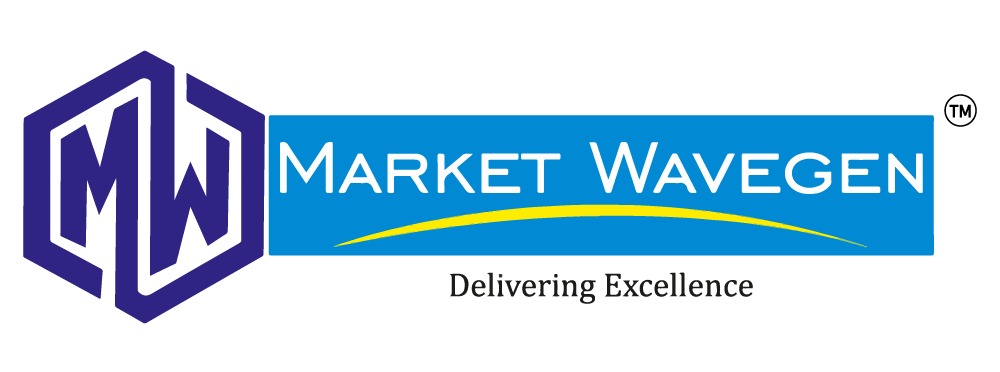Whether you’re doing a brand revive or sending off another mission, a strong brand-informing structure is fundamental for progress. Scaling your business requires a reasonable vision for your image, and a bunch of informing rules smoothes out your thoughts.
At the point when there’s a consistent brand informing system set up, speedy things to do are not difficult to finish. Imparting your image’s main goal to potential clients becomes easy. Here’s the reason your image-informing structure is significant and the way in which you can begin with only 3 simple.
Quick Takeaways
- Consumers typically have 5-7 brand interactions before they remember a brand
- Both your audience and employees will benefit from a streamlined messaging framework, as your brand’s identity and story will be more clearly defined
- B2B customers complete 70% of the buyer’s journey without speaking to a sales representative
- Cohesive branding across all teams and channels increases revenue by 23%
Effective messaging shares your brand’s mission and helps both team members and potential customers understand the value of your business. A brand messaging framework ensures effective, consistent, and meaningful messaging.
What Is A Brand Messaging Framework?
A brand messaging framework is a structured communication of how your brand’s value and identity differ from the competition. A successful messaging framework represents your business’s unique selling points and is easy for both customers and team members to understand.
B2B customers complete 70% of the buyer’s journey without speaking to a sales representative. A messaging framework ensures that consumers gain an accurate understanding of your brand while completing their own research. It also aligns messaging between different teams within your company, ultimately aiding in closing more deals, more efficiently.

Image Source: Marketing Profs
Your messaging framework acts as the foundation for building your business’s functions:
- Marketing & Advertising. Value propositions and core messaging need to be consistent to be effective. A set of messaging guidelines ensures that marketing and advertising teams adhere to the same principles.
- Communications. A messaging framework will help your communications team highlight key points in the company’s strategy, values, and goals.
- Sales. Sales teams need a solid messaging framework to define the language used while communicating with customers. This helps set your products and services apart from the competition.
- Content Creators. Content creation needs to be consistent across all platforms. Brand messaging frameworks keep blogs, podcasts, videos, and other content aligned.
- Public Relations. Your public relations team needs a complete understanding of your brand to uphold its reputation. This can be obtained through a brand messaging framework.
- Human Resources. A streamlined messaging framework helps Human Resources to create consistency in employee training, onboarding materials, and job descriptions.
Both your audience and employees will benefit from a streamlined messaging framework, as your brand’s identity and story will be more clearly defined.
Why Is A Brand Messaging Framework Important?
Did you know that consumers typically have 5-7 brand interactions before they remember a brand? That’s why keeping your messaging memorable with established guidelines is key to attracting potential buyers.
Developing a brand messaging framework also communicates your brand story and develops trust between your business and your customers. Established trust plays a major role in consumer decision-making.

Other benefits of establishing a primary brand messaging framework include:
- Word-of-mouth marketing. Word-of-mouth marketing has reigned supreme for years because people buy what their friends and family recommend. Messaging guidelines help create an emotional connection with consumers and encourage them to talk to others about your brand.
- Consistency. When it comes to marketing, consistency is key. In fact, cohesive branding increases revenue by 23%. Consistent messaging, design, products, and content will also highlight your brand’s core values and resonate with your target audience.
- Unique brand identity. Customers want to engage with a brand that has a clear identity. A brand messaging framework lets your audience know what your organization represents so they know what to expect from your business.
- Organized messaging. Whether you’re redesigning your homepage or creating your blog content calendar, a clear set of guidelines for messaging helps you and your team stay on brand.
In a nutshell, a brand messaging framework is important because it aligns your content and strengthens your brand’s voice in the marketplace. It makes your content memorable and easy-to-understand and enhances your brand’s identity.
3 Most Important Components of a Messaging Framework
Before building your brand messaging framework, there are 3 components that need to be clearly defined and understood.
1. Target Audience
A solid understanding of your target audience is key to reaching them through your brand’s messaging. If you haven’t already clearly defined your audience, start by asking yourself the following questions:
- Where do they live?
- How old are they?
- What is their relationship status?
- How much money do they earn?
- What problems do they need solved?
Keeping your company’s communication professional and well-written means first nailing down the demographics and needs of your target audience.
2. Value Proposition
Your brand’s value proposition is also its first impression– and as you know, first impressions are everything. A business’s value proposition demonstrates how your company differs from the competition and gives a general overview of what your brand has to offer. It’s also persuasive and optimized for conversion.
While perfecting your value proposition, keep in mind your audience’s identity, problems, needs and available alternatives to ensure effectiveness. Addressing your audience’s concerns will make them more likely to continue learning about your brand.
3. Positioning Statement
After identifying your value proposition, it’s time to define your brand positioning statement. A bit more broad than your value proposition, its purpose is to show potential buyers why they need your products or services.
A successful positioning statement addresses how your products compete with similar brands and how they make a positive impact on your customers. As always, leading with empathy and transparency will help enhance your statement’s effectiveness.





